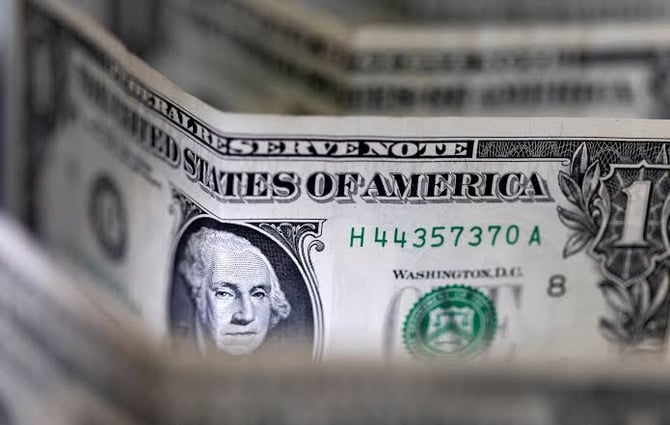The US Dollar is Gaining Strength

The dollar is making a comeback after a tumultuous 2023, defying earlier expectations of an imminent decline due to potential interest rate cuts.
The US Dollar Index, a measure of the currency's strength against a basket of foreign currencies, has risen by 2.8% this year. This increase comes after a decline in November and December, when the Federal Reserve's signals led investors to believe rate cuts were on the horizon.
Recent economic figures have reinforced the idea that the Federal Reserve might maintain elevated interest rates to combat inflation and sustain economic growth.
Notably, the economy added an impressive 353,000 jobs in January, indicating a robust labor market. Additionally, the Consumer Price Index recorded a 3.4% annual increase in December, surpassing the Fed's 2% inflation target.
A stronger dollar poses challenges for American companies with significant overseas revenues, as it reduces their earnings when converted back to dollars. On the flip side, it benefits US consumers and companies importing goods by making foreign products less expensive and enhancing purchasing power abroad.
What Does This Mean for Me?
The dollar's trajectory is also influenced by monetary policies in other countries. For instance, the European Central Bank's interest rate decisions can impact the dollar's value, especially if rate cuts are signaled, affecting the interest rate differential with the US.
Despite the current strength, some analysts anticipate a gradual weakening of the dollar as the Federal Reserve approaches rate cuts, potentially in the latter half of the year. This expected shift hinges on inflation trends and economic stability, suggesting a balanced market scenario ahead.
More News
.webp)
US Dollar Faces Biggest 6-Month Drop in Half a Century
4 months ago
.webp)
Dollar Slips to Three-Year Low as Trump Eyes Early Fed Appointment
4 months ago
.webp)
AI-Powered Trading Bots Bring a New Kind of Threat
6 months ago
.WEBP)
Euro Value Surges as Markets React to Tariff Shock
7 months ago

Euro’s Slide: What’s Behind the Drop and What’s Next?
10 months ago

Sterling Gains Against Euro as Central Banks Move Apart
11 months ago

Euro Remains Steady Amid Tariff Threats
11 months ago

Euro Stays Under Pressure Amid Economic and Political Shifts
1 year ago